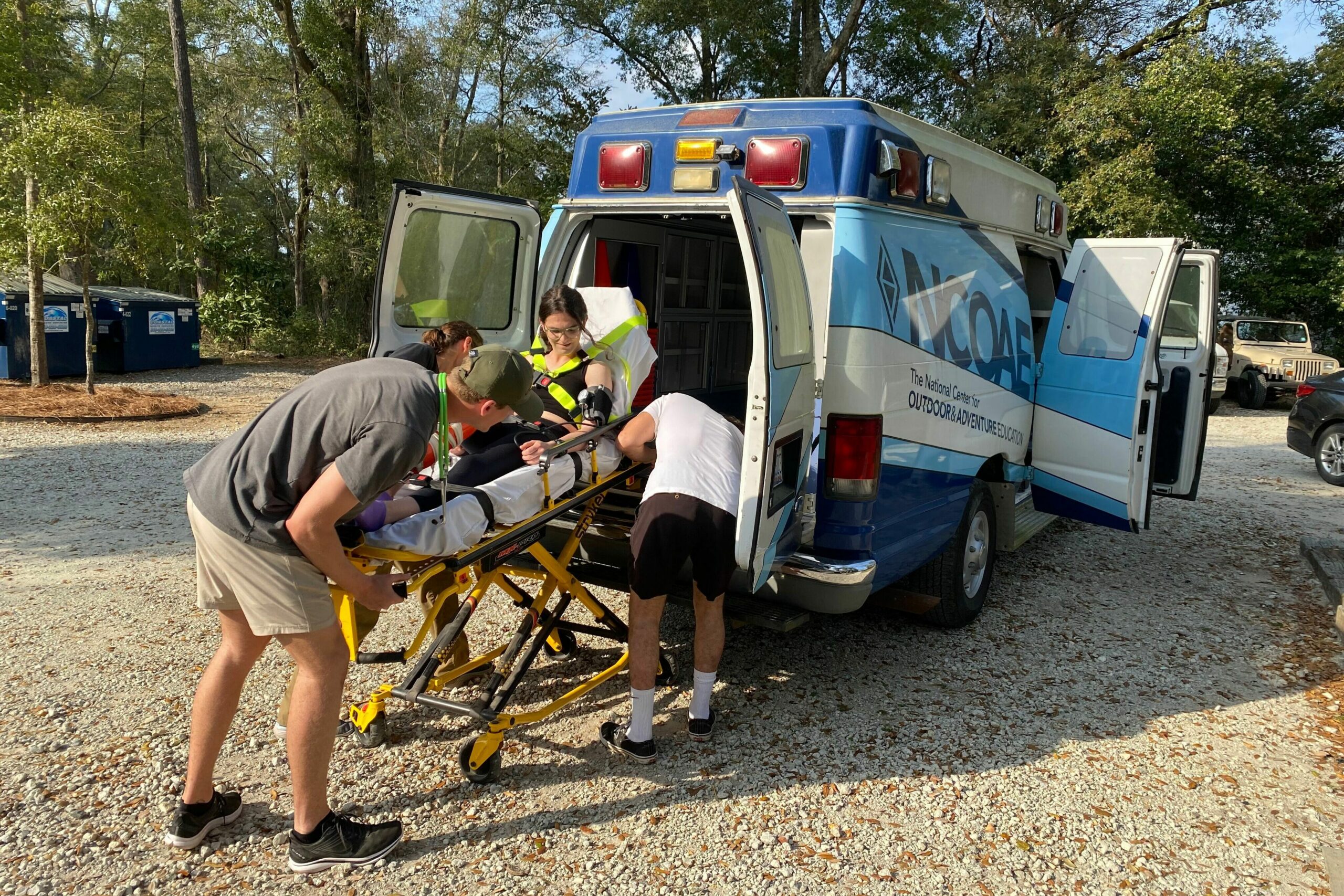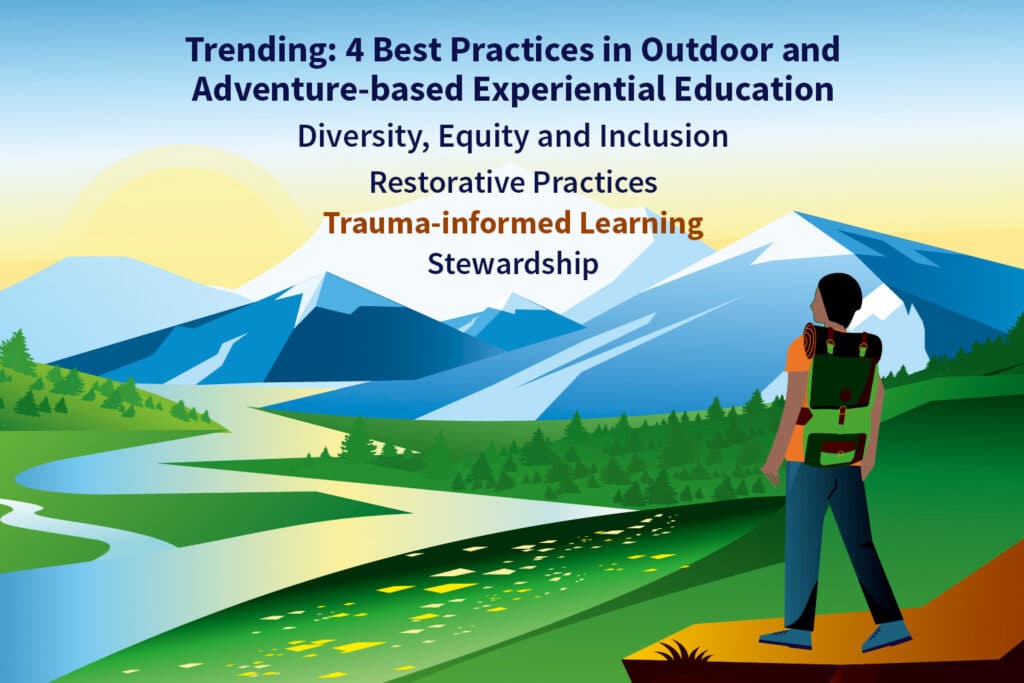Opinion: Instilling an Operational Risk Management Mindset in EMS
Emergency MedicineIn EMS (emergency medical services) education, generations of students have been taught to put safety first. “Don’t enter a scene if it’s not safe,” is what all EMS students are told. “Your safety is most important,” we say. “If you don’t feel safe, get out.”
That being said, there’s another concept called “Safety Third” that’s become popular in recent years, claiming that it’s really up to the individual — not the institution — to ensure their safety on a continual basis. For more details about this, please read Safety is Third, Not First, and We All Know It Should Be in the Journal of Emergency Medical Services, written by our Medical Director, Dr. Christopher Davis, MD.

But what is “safe” and why do we put so much emphasis on it?
Personally, I think even the notion of chatting about “safety” leads us down the wrong path. Instead, we should be discussing risk management and decision making. Let’s face it. Absolutely nothing in EMS is “safe.” Emergency services personnel respond on a near-daily basis to situations that the regular population is unable (or unwilling) to handle. Why, just the simple act of driving an ambulance can be unsafe. Again, nobody becomes an EMT (Emergency Medical Technician) because they’re desperately seeking a safe career.
Most emergency healthcare providers will agree that “safety” is not really our focus. Whether they realize it or not, every EMT or paramedic who spends more than a few shifts in the field will develop their (more…)
Managing Backcountry Rain by Adopting an Expedition Mentality
Outdoor EducationIf you asked me to list the attributes that allowed Sir Ernest Shackleton’s Trans-Antarctic Expedition (1914-1917) to survive more than a year stranded in Antarctica, I point to characteristics like leadership, adaptability, teamwork, ingenuity, and perseverance.
What Shackleton and his men employed was a mindset that intentionally embraced a set of values and behaviors that are essential for success and survival in extreme conditions. Here at The National Center for Outdoor & Adventure Education (NCOAE), we refer to that as having an expedition mentality (and I’ll have more to say about that later in today’s post).

If you’ve ever spent a full week backpacking in the Appalachian Mountains of western North Carolina between May and August, chances are you encountered some rain somewhere on the trail.
That’s because that region of the country — particularly in Pisgah National Forest — encompasses areas categorized as Appalachian temperate rainforest that traditionally receive more than 100 inches of rain per year. Generally, this rain is a (more…)
Trending: Trauma-informed Learning in Outdoor-based Experiential Education
Outdoor EducationWhy We Need Trauma-Informed Learning
Time warp yourself back to early-February of 2020. We were a month into a new decade when news broke that the U.S. Department of Homeland Security had directed all flights from China be routed through one of 11 airports in the United States for enhanced screening procedures and possible quarantine.
A few months later, just as our nation’s students were preparing to end another school year, our country found itself in virtual lockdown.

While students of all ages may experience loneliness, anxiousness, and uncertainty, the global health pandemic caused by the virus named “SARS-CoV-2” and the disease it causes — COVID-19 — had an unequivocal impact on school-age youth.
From extreme levels of disengagement and isolation to the loss of school-based nutrition and healthcare programs, we’ve only recently begun to understand how bad it really was. As more children fall behind in terms of social and academic development, the more serious the case for trauma-informed learning and trauma-informed practices in education. (more…)
TALK TO US
Have any further questions about our courses, what you’ll learn, or what else to expect? Contact us, we’re here to help!